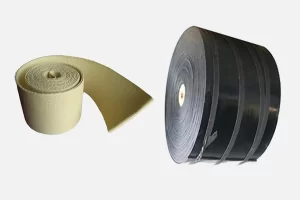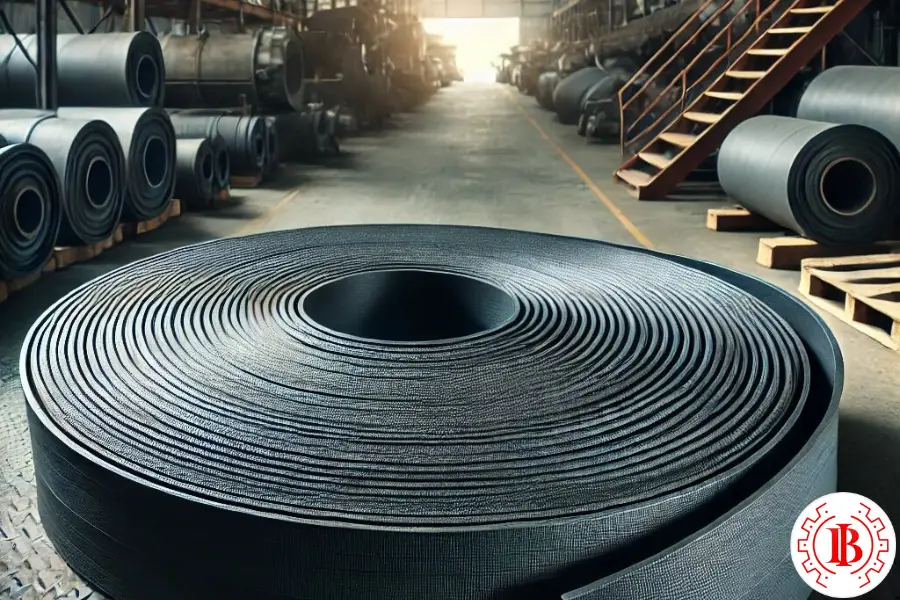Conveyor belt fasteners are essential components used to join the ends of conveyor belts, ensuring a continuous loop for efficient material handling. They play a most important role in industries such as mining, manufacturing, agriculture, and logistics, where conveyor systems are widely used to transport goods, raw materials, and products. Fasteners provide a reliable and durable connection, enabling conveyor belts to operate smoothly under various conditions. These fasteners are used in both light-duty and heavy-duty applications, depending on the material being conveyed and the type of conveyor system.
Conveyor belt fasteners are essential for the efficient and reliable operation of conveyor systems. Choosing the right type of fastener and ensuring proper installation and maintenance can significantly enhance the performance and lifespan of the conveyor belt. Fasteners ensure that the belt stays in place and operates efficiently, even under heavy load and wear conditions.
When selecting the appropriate fastener, factors such as belt type, material, load capacity, environmental conditions, and speed of operation should be considered. Properly chosen fasteners can significantly extend the life of a conveyor system and improve overall productivity.
Conveyor Belts Fasteners Types
Mechanical Fasteners
These are the most common type of fasteners and are used for quick and easy installation. Made from durable materials like stainless steel or galvanized steel, they are ideal for light to heavy-duty applications.
Examples: Hinged fasteners, plate fasteners, and rivet-style fasteners.
Belt Lacing
Belt lacing involves using metal or plastic hooks to connect the belt ends. It is a cost-effective solution for lightweight conveyor belts.
Belt Splices
This method involves using heat, pressure, and adhesives to fuse the belt ends together. It creates a faultless and strong joint, ideal for heavy-duty and high-tension applications.
Key Features of Conveyor Belts Fasteners
Strength and Durability: Fasteners must oppose the tension and load of the conveyor belt.
Flexibility: They should allow the belt to move smoothly over pulleys and rollers.
Ease of Installation: Fasteners should be easy to install and maintain to minimize downtime.
Compatibility: They must be compatible with the type and thickness of the conveyor belt.
By choosing the right type of fasteners and ensuring proper installation and maintenance, businesses can enhance the performance and lifespan of their conveyor belts, ultimately improving productivity and reducing operational costs.



